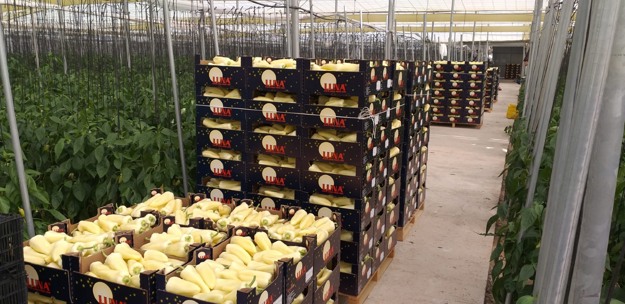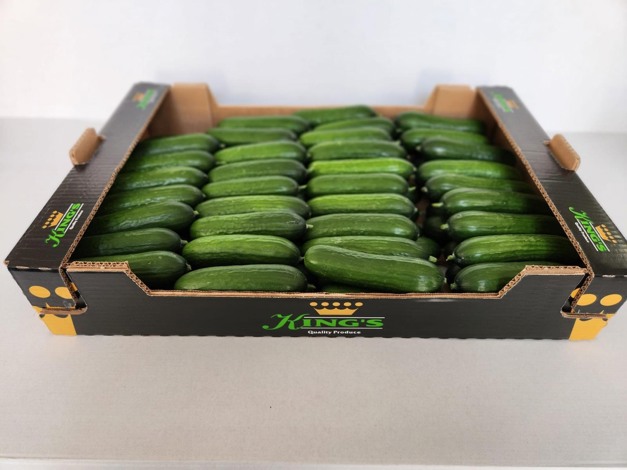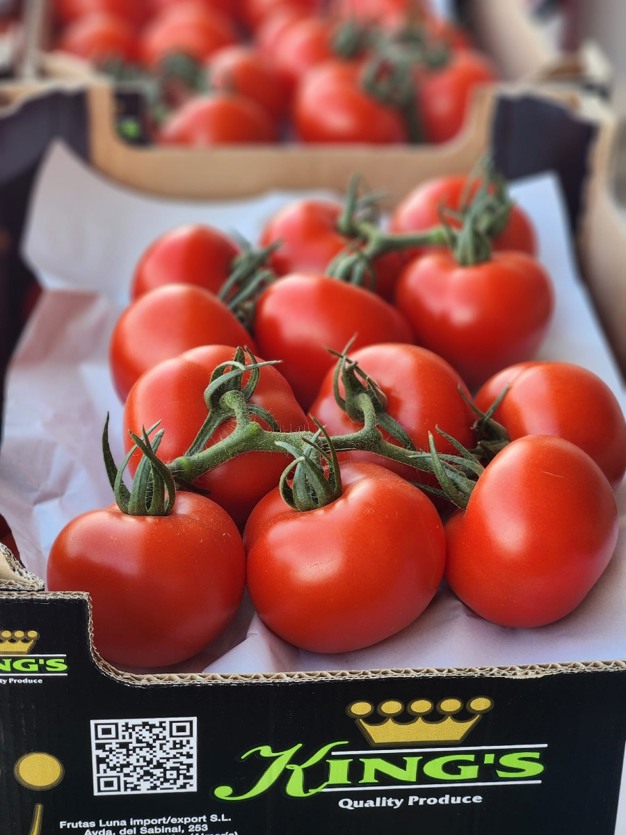"We are just a week into 2025, and already the prices of Spanish greenhouse vegetables are heating up," says Kees Havenaar of Frutas Luna from Almeria. "We have several theories and explanations for this, but which one is the right one?"
"Starting with peppers, this is where everything converges—what I call my 'perfect storm theory.' A lot of early peppers have been harvested in recent months. Green ones fetched good prices, and so did red ones. There was no speculation; everyone harvested steadily. As a result, there is now reduced supply, less yield per square meter, and with the first week of the year upon us, demand is increasing as major retailers begin running pepper promotions," says the Dutchman, who has been living and working in Spain for several decades.
"What might become a significant problem in the coming period is Thrips parvispinus (pepper thrips). It cannot be eradicated. Many growers have been forced to destroy their crops and are seriously considering not planting peppers next season. The pesticides that work also harm natural predators. This is a major and unfortunate issue at the moment. Everyone buying peppers should be aware that some level of infestation might be present in every box—it's unavoidable," Kees explains.

"Palermo and white tip peppers are also becoming scarcer. Again, lower yields per square meter combined with increased demand will drive prices up. I expect that coupled with the thrips problem, prices for these varieties will rise in the coming weeks. Many peppers were harvested in November and December due to favorable prices, creating shortages now. The day trade is clamoring for supplies, but unfortunately, there isn't enough to go around, and this situation will likely continue for several weeks. Aubergines are also very expensive now because there's simply not enough product. This shortage happens every year around this time. December saw heavy harvesting, and now, with colder nights, supply is limited. This situation will likely persist for another month."
Regarding cucumbers, Kees remarks, "At the turn of the year, it seemed like prices might drop back to €1, but nothing could be further from the truth. Cold nights have reduced production, and high demand for smaller sizes is pushing prices up. Mini cucumbers, in particular, perform well in this period, although I believe we've now reached the peak. That doesn't mean the market will collapse; it's stable for the moment."

 On vine tomatoes, Kees notes that the market is struggling against high auction prices. "In my view, the tomato auction here doesn't reflect real pricing. Vine tomatoes in Spain are simply too expensive at auction to compete in export markets. However, growers here still base their prices on auction figures. Dutch and Belgian vine tomatoes are priced below that level and are also grown under lights. I think and hope we'll be able to compete again soon."
On vine tomatoes, Kees notes that the market is struggling against high auction prices. "In my view, the tomato auction here doesn't reflect real pricing. Vine tomatoes in Spain are simply too expensive at auction to compete in export markets. However, growers here still base their prices on auction figures. Dutch and Belgian vine tomatoes are priced below that level and are also grown under lights. I think and hope we'll be able to compete again soon."
"But this unpredictability is what makes our business so exciting. There's always something new, and it's never the same. We'll keep moving forward; the year is young, and spring 2025 promises to be interesting. It's also a festive year, as Marni Fruit celebrates its 25th anniversary! Congratulations to Marco, Niek, and the team on this milestone," Kees concludes.
 For more information:
For more information:
Kees Havenaar
Frutas Luna
Tel +34 950 178 653
[email protected]
www.frutasluna.com










